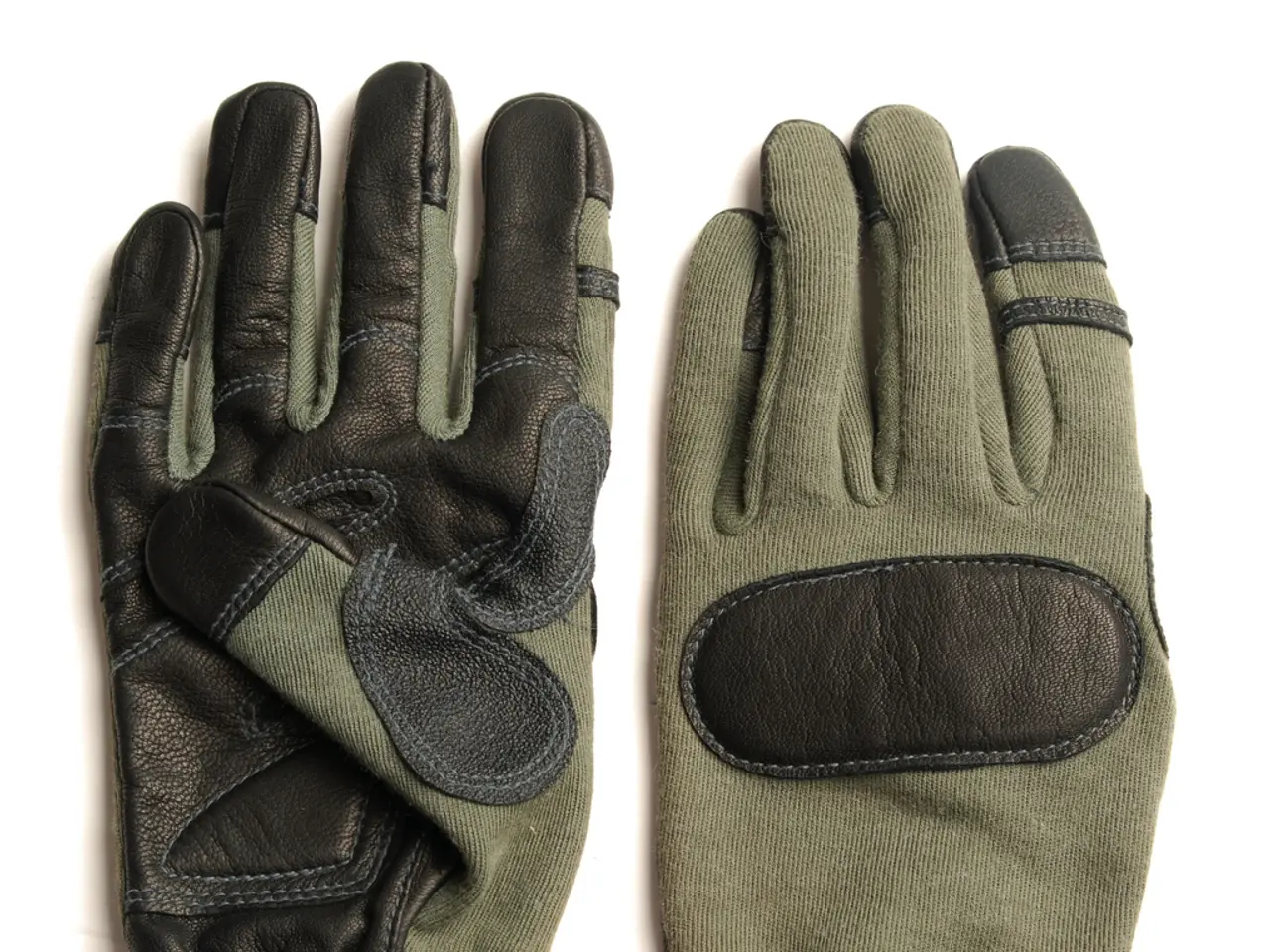Diagnosis and Management of Thumb Arthritis: Procedures, Guidelines, and Outcomes
Thumb arthritis, a common form of osteoarthritis (OA), affects the carpometacarpal (CMC) joint – the base joint of the thumb. This condition can cause pain, discomfort, and limitation in the thumb's range of motion, making everyday tasks challenging.
In its early stages, thumb arthritis may present minimal symptoms, with intermittent pain related to activity. As the disease progresses, symptoms become more persistent, potentially occurring even at rest, and may interfere with daily activities. Common symptoms include pain when gripping, grasping, or pinching, tenderness or discomfort at the thumb base, limited range of motion, weak grip and pinch strength, and swelling or stiffness at the thumb base.
Diagnosing thumb arthritis primarily involves a clinical examination, where doctors assess pain, tenderness at the base of the thumb, decreased range of motion, joint swelling, deformity, and instability. Imaging studies, such as X-rays and MRI scans, are also used to reveal signs of thumb arthritis, such as joint space narrowing, the presence of osteophytes and loose bodies, and bone and cartilage changes.
Several diagnostic tests are employed to confirm the presence of thumb arthritis, including the traction-shift test, the metacarpal extension and flexion tests, the pinch test, the pinch strength test, the grind test, and the lever test. The lever test, or pressure-shear test, is the most sensitive test for diagnosing thumb CMC arthritis.
A 2016 study found that people with early thumb CMC arthritis have poor pinch strength, and a positive result on the pinch test is likely to indicate that a person may also experience pain when pinching or gripping an object.
Thumb arthritis progresses through four stages, according to the American Academy of Orthopaedic Surgeons. In Stage 1, only slight joint space widening is present. In Stage 2, there is a slight narrowing of the joint with fluid-filled lesions and osteophytes present. In Stage 3, there is marked joint space narrowing and larger osteophytes or loose bodies. In Stage 4, arthritis of the scaphotrapezial joint in the wrist is also present.
Treatment for thumb arthritis includes exercise, occupational therapy, medications for pain and swelling, thumb splints, steroid injections, and surgery. By modifying activities and receiving suitable treatment, many people with thumb arthritis can manage their symptoms and maintain an active lifestyle.
Individuals who work on a computer for extended periods and those with conditions that affect cartilage, such as rheumatoid arthritis, have an increased risk of developing thumb arthritis. However, by understanding the symptoms, diagnosis, and treatment options for thumb arthritis, people can take proactive steps to manage this condition and maintain their quality of life.
References:
[1] Arthritis Foundation. (2021). Thumb Arthritis. https://www.arthritis.org/diseases/osteoarthritis/hand-finger-arthritis/thumb-arthritis
[2] American Academy of Orthopaedic Surgeons. (2021). Thumb Arthritis. https://orthoinfo.aaos.org/en/diseases--conditions/thumb-arthritis
[3] Mayo Clinic. (2021). Thumb Arthritis. https://www.mayoclinic.org/diseases-conditions/thumb-arthritis/symptoms-causes/syc-20353475
- Other joint pain, such as knee or hip pain, can also be symptoms of chronic diseases like osteoarthritis or other medical conditions.
- In the realm of workplace wellness, individuals who engage in frequent computer work may be more susceptible to developing thumb arthritis.
- Chronic diseases like cancer and rheumatoid arthritis can lead to eye health issues, skin problems, and mental health disorders due to their systemic effects.
- Health and wellness enthusiasts often advocate for regular fitness and exercise, which can help prevent and manage chronic diseases like thumb arthritis.
- Nutrition plays a crucial role in maintaining overall health and wellness, as well as the health of specific joints like the thumb, by providing essential nutrients for therapies and treatments.
- Sports like football, American football, and various other sports can lead to injuries and joint pain, including thumb arthritis, particularly for those who are not appropriately conditioned or have underlying medical conditions.
- Sports analysis and betting can be a source of entertainment, but they should not replace a balanced lifestyle focused on fitness, exercise, and mental health.
- If you're experiencing chronic thumb pain and suspect arthritis, consult a medical professional for a thorough evaluation and proper diagnosis.
- Maintaining good skin care is essential for overall health and wellness, as well as helping prevent the onset and progression of certain skin conditions, allowing you to focus on other aspects of your health, such as fitness, eye health, and mental health.




